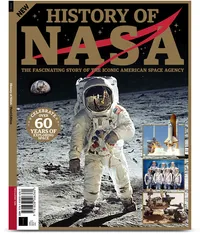Spacewalking astronauts will install new cameras and wrap up space station power upgrades today. Watch it live!
On Monday (Feb. 1) two NASA astronauts will set out for their second spacewalk together to tackle battery and camera upgrades at the International Space Station.
NASA astronauts Mike Hopkins and Victor Glover, who arrived at the space station on SpaceX's Crew Dragon Resilience spacecraft in November and completed their first spacewalk together on Wednesday (Jan. 27), are scheduled to exit the station through the Quest airlock at 7:05 a.m. EST (1205 GMT) and will spend about 6.5 hours working in the vacuum of space.
NASA TV will provide live coverage of the spacewalk preparations beginning at 5:30 a.m. EST (1030 GMT). You can watch it live here on Space.com, courtesy of NASA TV, or directly via the agency's website.
Related: Spacewalk photos: International Space Station gets a power upgrade
Hopkins and Glover will tackle a variety of tasks during this spacewalk, including the installation of a new high-definition camera on the Destiny laboratory and the replacement of another camera on the station's starboard truss. The spacewalkers will also install one last lithium-ion battery to wrap up a big space station power upgrade that began in 2017.
After Hopkins and Glover emerge from the Quest airlock, the spacewalkers' first task will be to head over the the space station's Port-4 (P4) truss structure, where they will install an adapter plate for the new lithium-ion battery. The battery was installed at the P4 truss in advance by the station's Canadarm2 robotic arm, NASA officials wrote in an ISS blog.
With the battery work complete, the astronauts will head over to the other side of the orbiting laboratory to replace high-definition cameras on the starboard truss. The spacewalkers will also route some ethernet cables at the starboard truss before heading over to the Japanese Kibo laboratory to install a "wrist vision" camera on Kibo's 33-foot (10 meters) robotic arm.
Breaking space news, the latest updates on rocket launches, skywatching events and more!
Related: The International Space Station: inside and out (infographic)
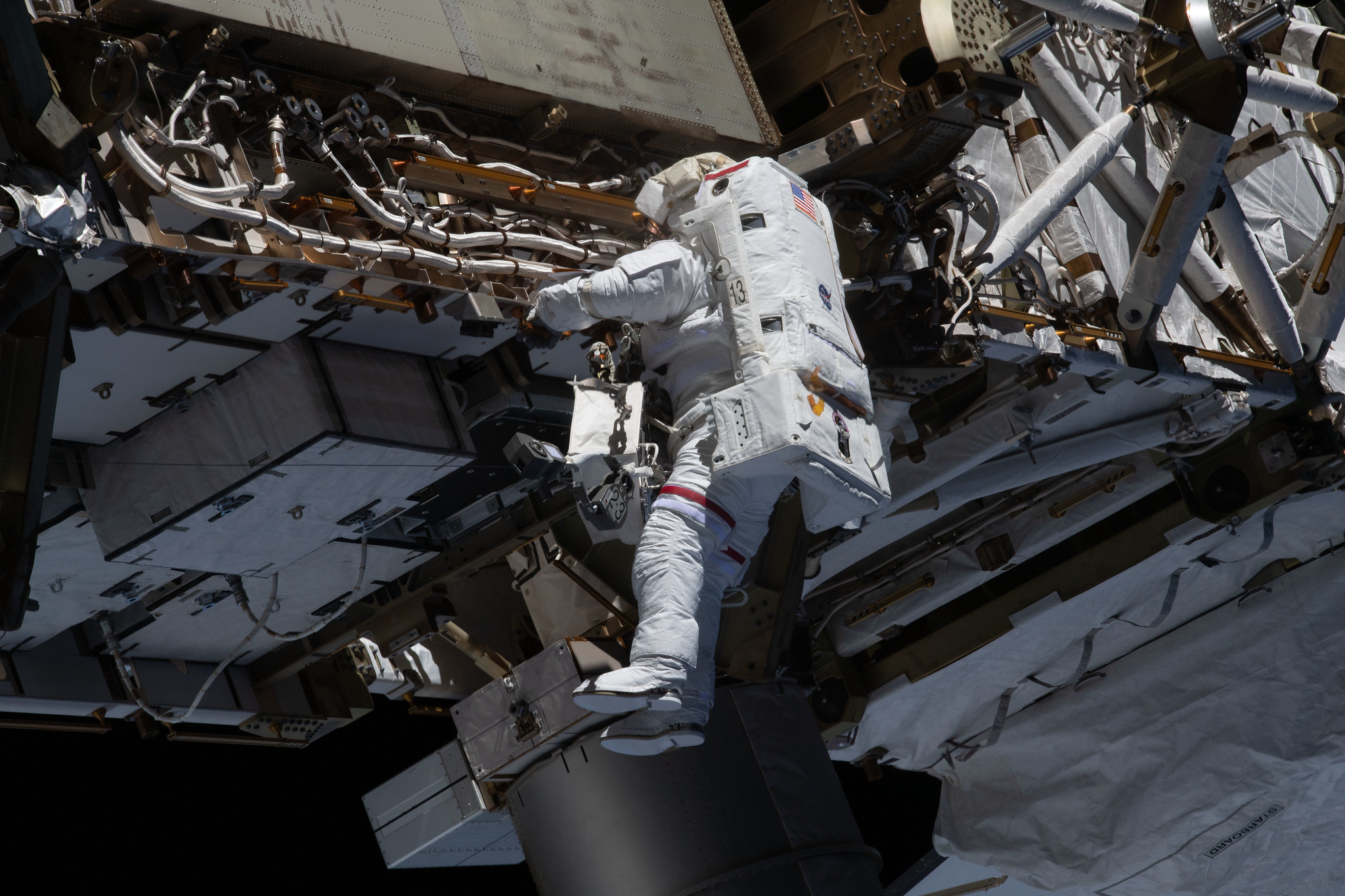
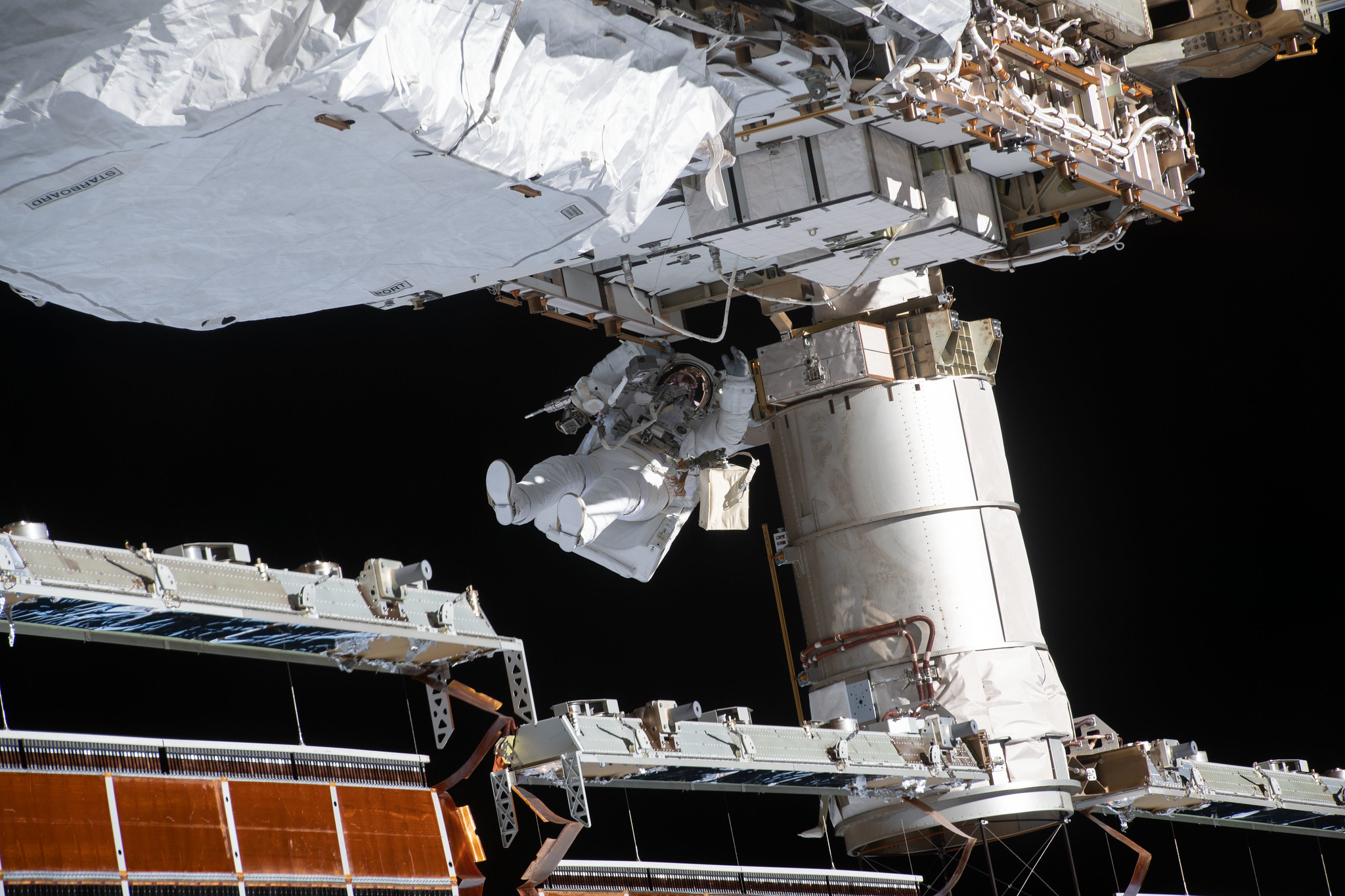

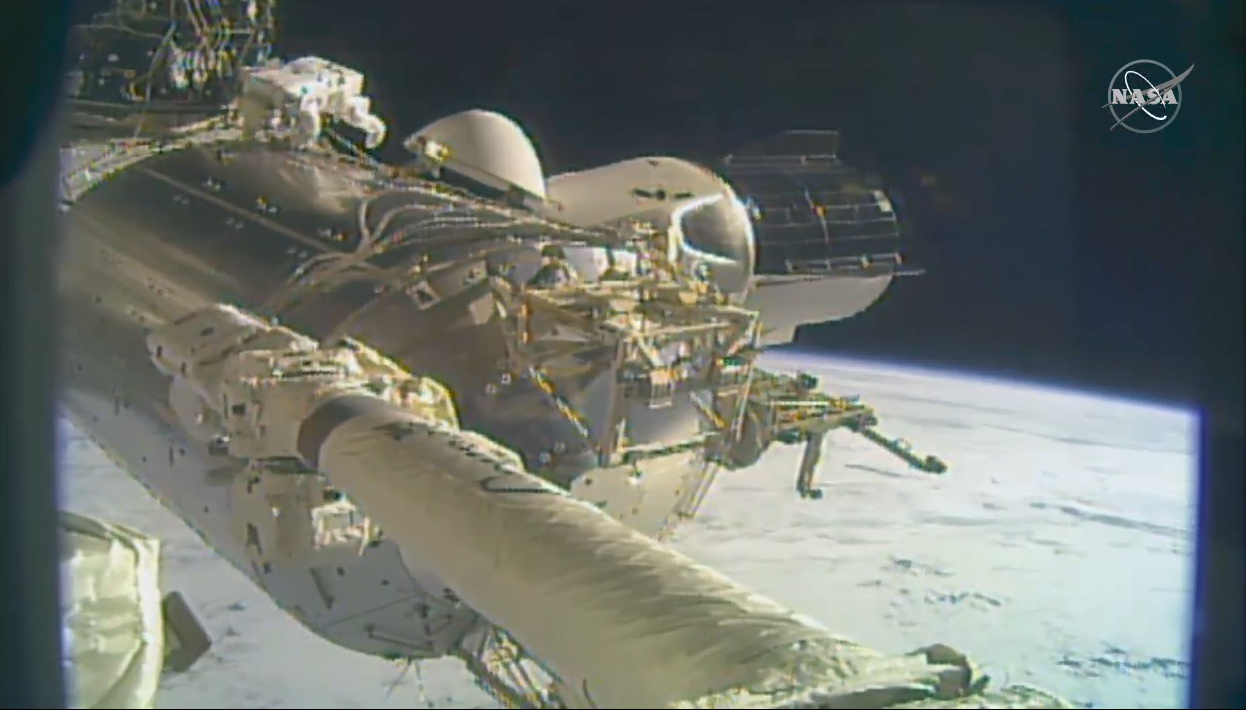

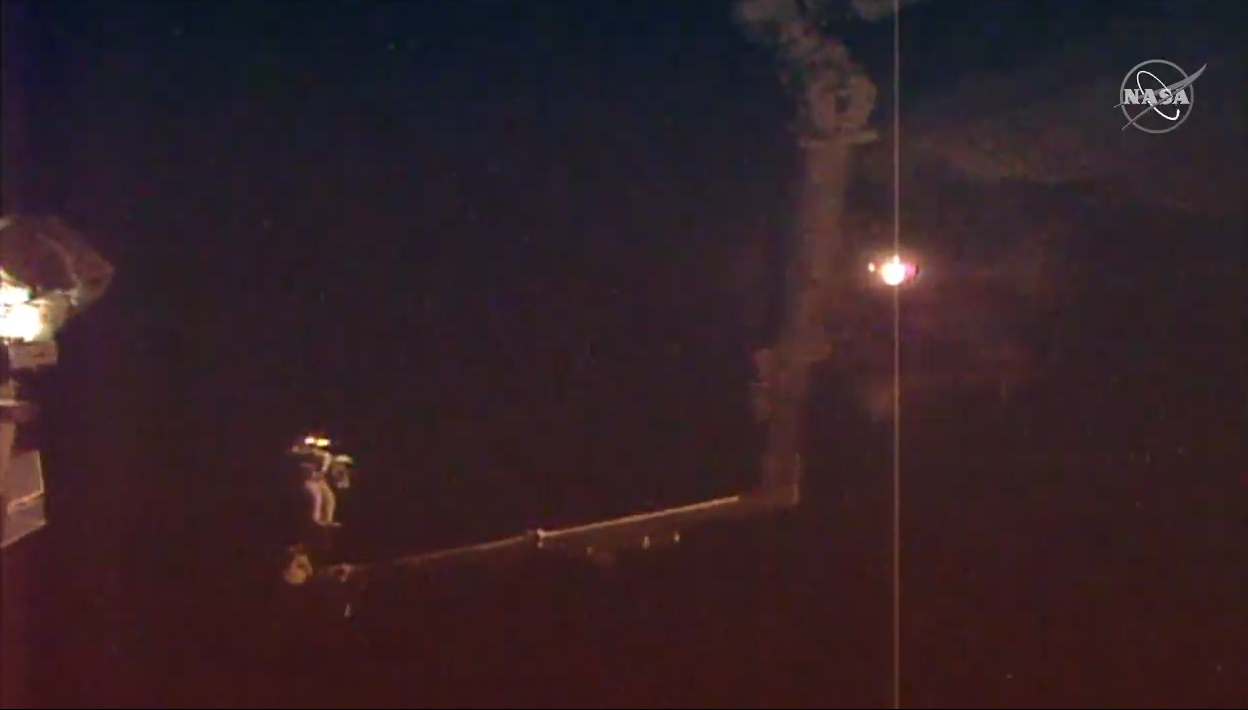
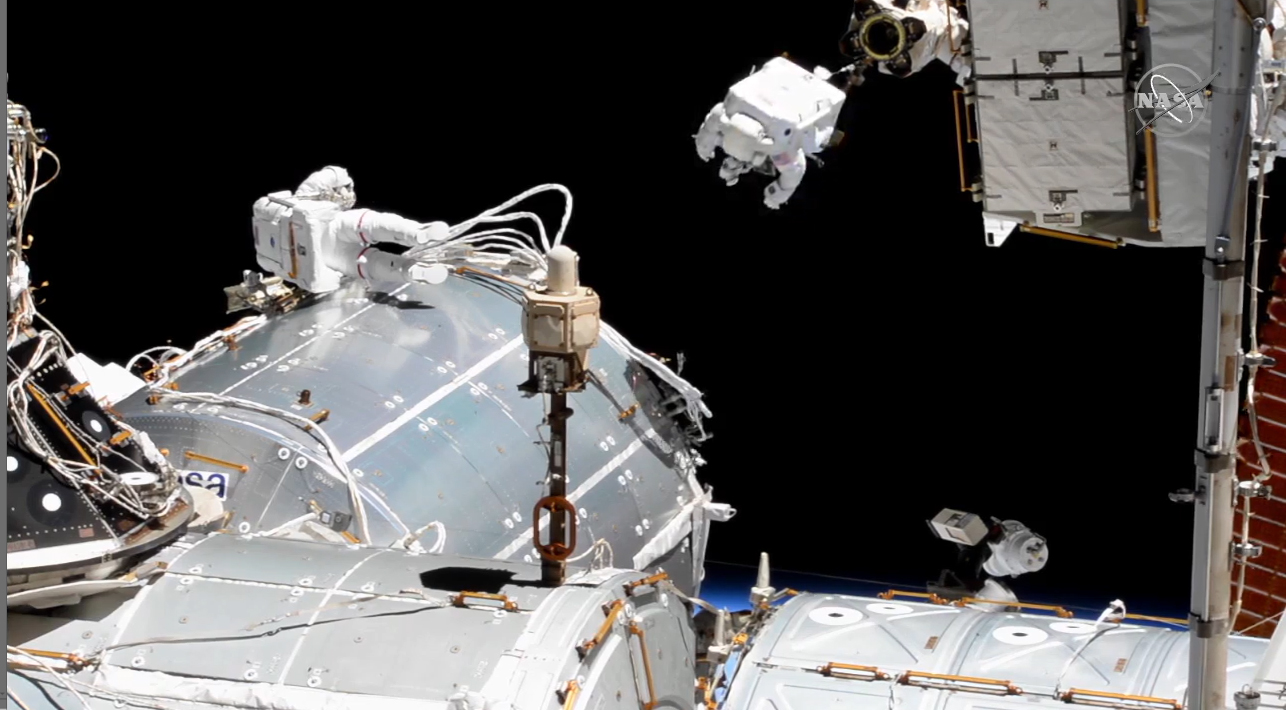
History of NASA: $22.99 at Magazines Direct
Discover the story of how and why NASA was created, its greatest triumphs, darkest days, and of the times it exceeded all possible hopes. A tale of adventure, heroism and resourcefulness, learn of the space agency's greatest achievements and how — over six decades — the organization has consistently and tirelessly devoted itself to its founding principle: that "activities in space should be devoted to peaceful purposes for the benefit of all humankind".
Monday's spacewalk will be the fourth spacewalk of Hopkins' career and the second for Glover. Hopkins will be designated as extravehicular crew member 1 (EV-1), which means he will wear the spacesuit with red stripes and will be the first to exit the airlock. As EV-2, Glover will wear the plain white suit with no stripes.
NASA is planning two more spacewalks "in the near future," the agency said in a statement. After Monday's spacewalk, the next spacewalk will see Glover and NASA astronaut Kate Rubins prepare the space station for new solar arrays that will be installed at the station later this year. Then for the fourth spacewalk of 2021, Rubins will head out with Japanese Aerospace Exploration Agency (JAXA) astronaut Soichi Noguchi to "continue upgrading station components," NASA said in the statement.
Email Hanneke Weitering at hweitering@space.com or follow her on Twitter @hannekescience. Follow us on Twitter @Spacedotcom and on Facebook.

Hanneke Weitering is a multimedia journalist in the Pacific Northwest reporting on the future of aviation at FutureFlight.aero and Aviation International News and was previously the Editor for Spaceflight and Astronomy news here at Space.com. As an editor with over 10 years of experience in science journalism she has previously written for Scholastic Classroom Magazines, MedPage Today and The Joint Institute for Computational Sciences at Oak Ridge National Laboratory. After studying physics at the University of Tennessee in her hometown of Knoxville, she earned her graduate degree in Science, Health and Environmental Reporting (SHERP) from New York University. Hanneke joined the Space.com team in 2016 as a staff writer and producer, covering topics including spaceflight and astronomy. She currently lives in Seattle, home of the Space Needle, with her cat and two snakes. In her spare time, Hanneke enjoys exploring the Rocky Mountains, basking in nature and looking for dark skies to gaze at the cosmos.
